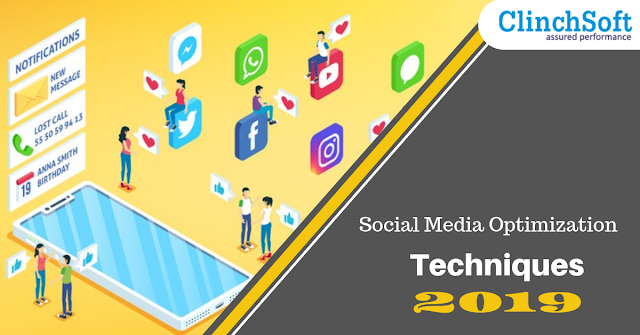Web Portal Designing - 7 Design Approaches For Web Design
 |
| Design Approaches For Web Design |
There are 7 stages, turning the concept of the site into a fully functional Web application. A good understanding and proper documentation of these stages, the breakdown of tasks and resources and the assignment of roles to the different teams, constitute the road map for completing any project smoothly and in a timely manner.
The systematic approach to website development consists of seven important phases:
1. Consulting
This stage is the basis on which the whole project is planned and developed. It involves the collection of detailed requirements, where key parts of information such as scope, objective, blueprint and functional requirements of the project are discussed and documented. This is done to enhance understanding of these third party systems and to ensure that there are no uncertainties at the start of development.
2. Discovery
This phase is the most important phase within all software development phases. Because it gives a clear understanding of:
- Purpose of software development
- The business objectives
- Target audience
3. User Interface Design
Blueprints and collected guidelines are used in this by the designer as guidelines for site design. The appearance and appearance of the site is very important for successful participation and retention of the target audience. Typically, the design team creates more than one prototype design, and is further refined based on client input.
Apart from other things, an attractive website design is necessary to ensure better traffic and conversion rate. After the design is completed, programmers in the manual interface begin to encrypt the UI elements of the portal. The exchange of ideas between designers, programmers and customers through this stage ensures that the site accurately matches the needs and aesthetic preferences of the customer.
4. Development
As the each distinct page design completed, we move to the project development stage where the designs are translated into code by our development team. The time it takes depends on the scope of the project. But rest assured, you never wonder the state of your project.
Content management systems, databases and frameworks are installed, configured and customized at this stage. Steps are taken to ensure that the code complies with existing web standards and is scalable.
5. Quality Assurance
Before the newly built web based application is reviewed, it is important to ensure that it meets strict quality standards. At this stage, the overall quality is guaranteed by various advanced features. Browser response testing, regression testing, functional testing, smoke testing, load testing and performance testing are the main types of quality assurance tests conducted here.
This is the stage where the development and testing team work closely together using an iterative process to ensure that the ultimate final product is smooth and error-free. After completion of this phase means that the website is finally ready to be executed for client review and feedback.
6. Deployment phase
In the publishing phase, the site is migrated to the server that will live and then make live.
7. Maintenance
This is an important stage and is often overlooked. A website designing is not sufficient, keeping the website contents updated with respect to time is also important. Websites that work well convey the sense of timing and growth.
Choosing a best software development company in Pune will help you to develop a plan and keep your website current based on your specific needs. This can include monthly or quarterly updates, as well as improved e-commerce solutions for online retailers. We can also link you with digital marketing agency and best SEO services Company in Pune.
Please contact us for any assistance regarding web designing, software development projects.



Comments
Post a Comment